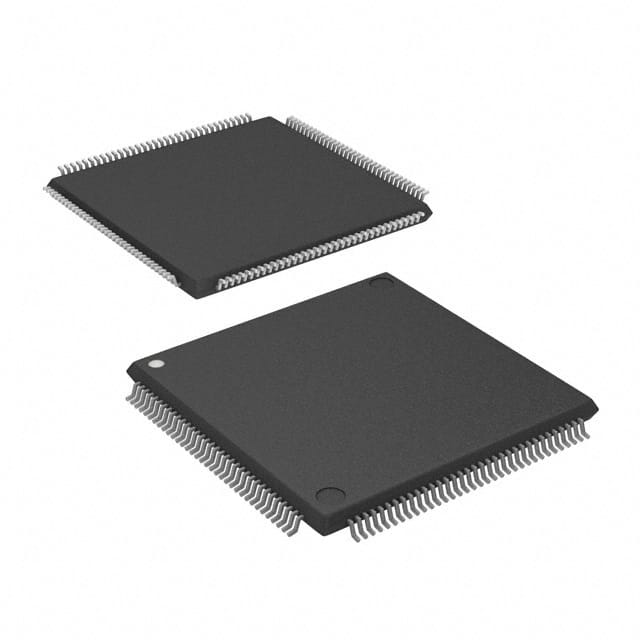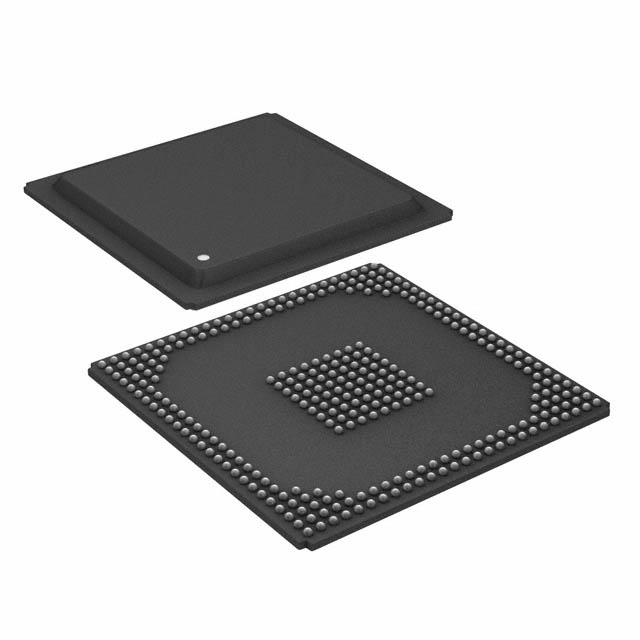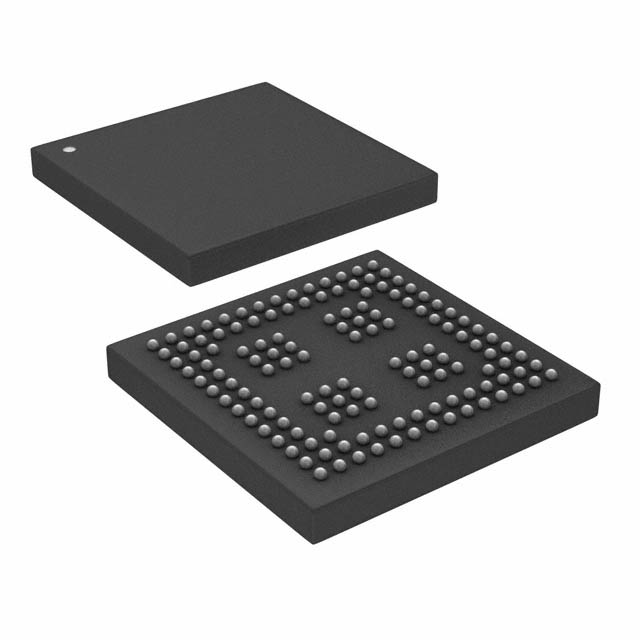ADSP-21479KBCZ-2A Product Introduction:
Analog Devices Inc. Part Number ADSP-21479KBCZ-2A(Embedded - DSP (Digital Signal Processors)), developed and manufactured by Analog Devices Inc., distributed globally by Jinftry. We distribute various electronic components from world-renowned brands and provide one-stop services, making us a trusted global electronic component distributor.
ADSP-21479KBCZ-2A is one of the part numbers distributed by Jinftry, and you can learn about its specifications/configurations, package/case, Datasheet, and other information here. Electronic components are affected by supply and demand, and prices fluctuate frequently. If you have a demand, please do not hesitate to send us an RFQ or email us immediately sales@jinftry.com Please inquire about the real-time unit price, Data Code, Lead time, payment terms, and any other information you would like to know. We will do our best to provide you with a quotation and reply as soon as possible.
Introducing the Analog Devices Inc. ADSP-21479KBCZ-2A, a cutting-edge digital signal processor designed to revolutionize the world of audio and video processing. With its advanced features and exceptional performance, this product is set to redefine the industry standards.
The ADSP-21479KBCZ-2A boasts a powerful 32-bit floating-point core, capable of executing complex algorithms with lightning-fast speed. Its integrated memory and peripherals provide seamless connectivity and efficient data transfer, ensuring optimal performance in any application.
One of the standout features of this product is its extensive audio and video processing capabilities. With its high-resolution audio codecs and video decoders, it delivers crystal-clear sound and stunning visuals, making it ideal for applications such as home theater systems, professional audio equipment, and video conferencing solutions.
Furthermore, the ADSP-21479KBCZ-2A offers a wide range of connectivity options, including USB, Ethernet, and HDMI, enabling seamless integration with various devices and systems. Its low power consumption and compact size make it suitable for portable devices like smartphones, tablets, and wearable technology.
In addition to its audio and video processing prowess, this digital signal processor also excels in applications such as industrial automation, automotive systems, and medical devices. Its robust architecture and real-time processing capabilities make it a reliable choice for demanding environments.
With the Analog Devices Inc. ADSP-21479KBCZ-2A, you can unlock the full potential of your audio and video processing needs. Experience unparalleled performance, versatility, and reliability with this state-of-the-art digital signal processor.
DSP Digital Signal Processing (Digital Signal Processing) is a technology that uses computers or special processing equipment to digitize signals. It converts analog signals into digital signals, and uses efficient algorithms to sample, transform, filter, estimate, enhance, compress, identify and other operations, and finally gets a signal form that meets people's needs. Compared to general-purpose processors, DSPS typically have higher arithmetic throughput, lower latency, and more efficient memory management mechanisms, all of which are designed to meet the requirements of real-time signal processing.
Application
DSP (Digital Signal Processing) technology is mainly reflected in the accurate processing of signals. It can efficiently perform complex operations such as signal analysis, noise suppression and feature extraction, and provide reliable data support for subsequent decision or control. In addition, DSP also has high-speed computing power and low power consumption characteristics, especially suitable for scenarios that require real-time processing of large amounts of data, such as audio processing, video codec, communication systems, image processing, control systems and robots, medical and bioinformatics and other fields.
FAQ about Embedded - DSP (Digital Signal Processors)
-
1. What is embedded DSP?
Embedded Digital Signal Processor (EDSP) is a processor specially used for signal processing. It has been specially designed in terms of system structure and instruction algorithm, and has high compilation efficiency and instruction execution speed. Embedded DSP processors are good at high-speed implementation of various digital signal processing operations, such as digital filtering, spectrum analysis, etc.
Embedded DSP processors have been specially designed for system structure and instructions, making them suitable for executing digital signal processing algorithms, with high compilation efficiency and high instruction execution speed. This special design includes the optimization of DSP hardware structure and instructions, so that it can efficiently handle complex signal processing tasks.
-
2. What is DSP in microcontrollers?
DSP (Digital Signal Processor) is a microprocessor specifically used to process digital signals. It is different from the traditional CPU (Central Processing Unit). DSP is mainly used in occasions that require a large number of floating-point operations, such as communications, audio processing, image processing and other fields.
The working principle of DSP is to convert the received analog signal into a digital signal, and then process and analyze these digital signals. DSP chip adopts Harvard structure, that is, the program and data are stored separately, and has a dedicated hardware multiplier, which can quickly implement various digital signal processing algorithms.
-
3. What are the three types of signal processors (DSP)?
There are three main types of signal processors (DSP): enhanced DSP, VLIW structure, superscalar architecture, and SIMD structure hybrid structure.
Enhanced DSP: This DSP has a highly optimized instruction set and structure that can quickly execute common signal processing algorithms. They are often used in applications that require high-speed signal processing.
VLIW structure: DSP with VLIW (Very Long Instruction Word) structure can execute multiple instructions in one cycle, thereby increasing processing speed. This structure is suitable for applications that require high parallel processing capabilities.
Superscalar architecture and SIMD structure hybrid structure: These structures combine the advantages of superscalar and SIMD (Single Instruction Multiple Data) technologies, can process multiple data in a single instruction cycle, and are suitable for application scenarios that require high-performance computing.
 Lead free / RoHS Compliant
Lead free / RoHS Compliant




























